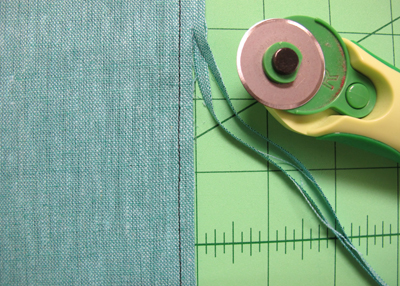Nancy Zieman, Executive Producer and host of Public TV’s Sewing With Nancy, has compiled 100+ sewing methods and techniques in her new Nancy Zieman’s Sewing A to Z. Nancy shares more tips and visuals today in an exclusive tutorial for Best Home Ideas readers about French Seams. Once you can confidently sew French Seams you’ll find they are perfect for any number of sewing projects, from totes to pants for kids. Enjoy Nancy’s expertise, and be sure to check out Nancy Zieman’s Sewing A to Z!
When I hear the term French Seams, my mind immediately pictures a silk or batiste blouse. That thought, as my youngest son would say, is old school!
French seams enclose the raw edges, producing a neat, ravel-proof seam. To achieve this result the seam is stitched twice.
Traditional French Seam, using a 5/8” seam allowance:
1. Place wrong sides together. Stitch with a 3/8” seam. Move the needle position to accommodate the seam width.

Trim the seam allowance close to the stitching. Press the seam allowance to one side.

2. Refold the seam allowances with the right sides together. Position the first seam at the fold. Stitch a second time, using a ¼” seam allowance. Move the needle position to the right to achieve a ¼” seam.
Easier French Seams
The tricky part of traditional French seams is to trim away enough of the seam allowances to avoid catching the fabric “whiskers” in the second seam and not trim too much to weaken the seam.
To resolve this issue, I reverse the width of the seam allowance. In Nancy Zieman’s Sewing A to Z, you’ll find a faster approach.
Stitch the first step with ¼” seam allowance and the second step with a 3/8” seam. I still trim away a small amount of the seam allowance, but never have the “whiskers” of the cut edges peak through to the right side. The seam allowance is an 1/8” wider— that’s not much— but easier and faster to stitch.
Versatile French Seams:
Okay, so your sewing wish list doesn’t include a batiste Christening gown or a silk blouse. You may be wondering what other fabrics are suitable for French Seams? The answer: practically any fabric!
Consider making a market tote from denim or canvas fabric. Heavy-duty fabrics can easily ravel, much like their lightweight fabric cousins. To keep the seams tidy inside the tote, plus add durability, use my Easier French Seams process and stitch away!
